Emissions Measurement and Reporting
Complexities of Carbon Footprint Calculation and Reporting
Common challenges faced in carbon footprint calculation include uncertainty about available emission measurement frameworks, difficulty in finding reliable calculation tools, confusion over which Global Warming Potentials (GWPs) to use, uncertainty about where to obtain reliable and up-to-date carbon emission factors, and concerns about understanding and meeting regulatory obligations.
The 3 key framework, platform, and standard commonly used to disclose carbon emissions:



Emissions Measurement and Reporting
01
GHG inventory development
02
Scope 1,2,3 | Category 1-6 measurement
03
GHG Protocol / ISO14064|67|68
04
GHG reporting and disclosure
05
GHG for organization/product
06
GHG emission tracking
We are internationally qualified professionals who adhere to global frameworks and standards to develop your GHG inventory, whether at the organizational, project, or product level, ensuring full compliance with all disclosure requirements. Additionally, we can tailor optional disclosures to meet your specific needs.
GHG Inventory Development
Our proven methodology for developing a GHG inventory is built on four key steps, ensuring precision and full compliance at every stage.
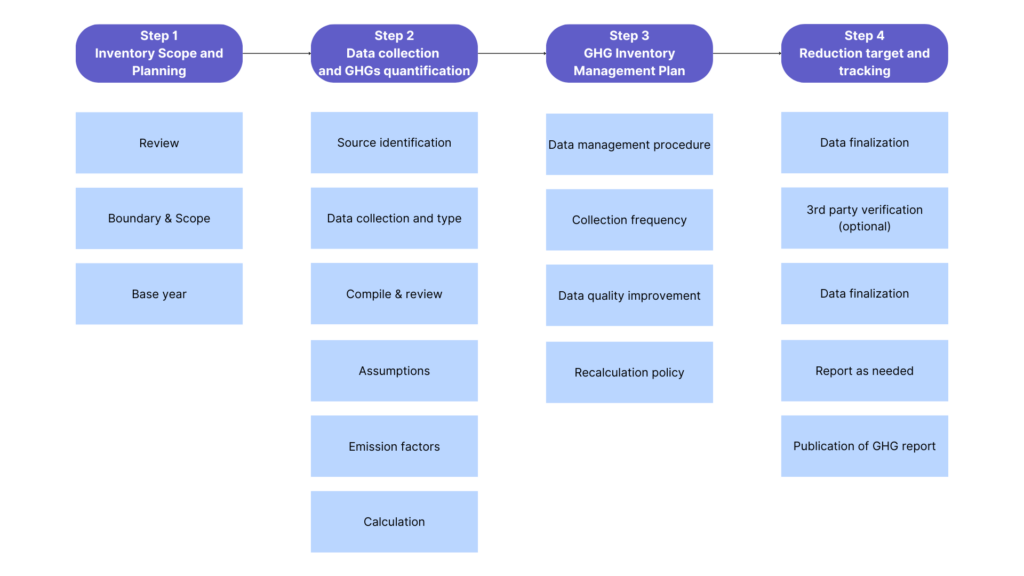
Scope 1,2,3 | Category 1~6 Emission Measurement
Do you have a clear understanding of which scope contributes the most to your organization’s emissions? Knowing your emissions profile is crucial for making informed decisions in your sustainability strategy. Without this understanding, you may be jeopardizing the effectiveness of your sustainability investments.
Scope 1 – Direct emission source
- Boilet
-
Mobile AC
- Generators
- Refrigerator
- Klin
-
Fire extinguisher
- Furnace
- Chiller
-
Oxy cutting
- Machineries
- Incinerator
- Machineries
-
Company vehicle
-
Air conditioning
Scope 2 – Indirect Emission source
- Electricity
- Steam
- Heating
- Cooling
Test your knowledge
Question: Company A is a tenant and does not pay monthly electricity; the fee has been included in the monthly rental fee. Can company A be exempt from reporting its Scope 2 energy consumption?
Your emission scope can vary significantly depending on the approach used to define your organizational boundaries. Without a thorough understanding of the accounting rules, especially regarding leased assets, there is a high possibility of double counting or undercounting emissions, which could lead to accusations of greenwashing.
If you think greenwashing is just a buzzword, watch this “Pretending to be green can be expensive”, to see the real consequences.
Read more on “EU GreenClaim Directive”
GHG reporting for – Organizational (GHG Protocol Corporate Standard | ISO14064:1)
IvyGreen Solutions are qualified professionals in GHG reporting, ensuring compliance with the GHG Protocol and ISO standards. While the GHG Protocol and ISO 14064-1 are well-known for providing best practices in organizational GHG disclosures, it’s important to note that their disclosure requirements differ. Refer table below.
Before selecting the best disclosure method, first, always ask yourself these 3 common questions:
1. What is your purpose of GHG disclosure
2. Who are your intended user/stakeholder
3. Is third-party verification necessary?
Without understanding this, you may end up spending a significant amount of money to comply with a requirement that isn’t actually necessary for you!
GHG Protocol mandatory disclosure items

1. Company and boundary information
- Company description
- Organizational boundary, consolidation approach
- Operational boundaries (If scope 3 included, list activity types)
- Reporting period covered
2. Total Scope 1 and 2 emissions
- Emissions separated by Scope 1 and 2 (Independent of any offsets)
- Emissions of all 7 GHGs separately
- CO2 emissions from biomass separately from scopes
- Base year and emissions profile over time
- Context for any base year recalculations
- Calculation methodologies
- Any exclusions of sources or operations
ISO14064-1 disclosure items
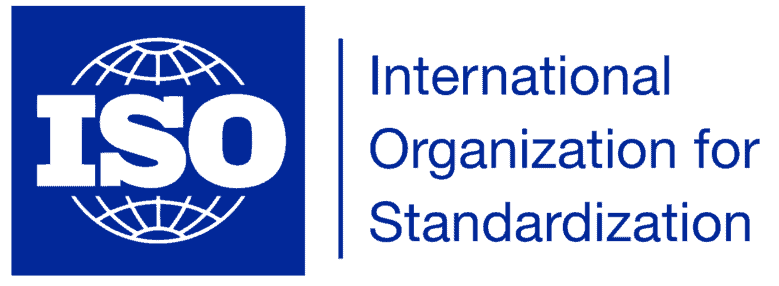
1. Chapter 1: General description of the organization goals and inventory objectives.
2. Chapter 2: Organizational boundaries
3. Chapter 3: Reporting boundaries
4. Chapter 4: Quantified GHG inventory of emissions and removals
5. Chapter 5: GHG reduction initiative and internal performance tracking
Got questions? Don’t wait—waiting won’t get you answers. Reach out to us, and let our professionals provide the answers you need!
GHG reporting for – Project (GHG Protocol Project Accounting Standard | ISO14064:2)
What can be considered as a GHG Project?
A project GHG emission reduction activity is defined as a set of specific actions or interventions aimed at reducing greenhouse gas (GHG) emissions, enhancing carbon removals, or increasing GHG storage. These activities may involve modifying existing production processes, adjusting consumption patterns, improving service delivery, or overhauling management systems. Projects can also include the implementation of new technologies or systems that lead to measurable GHG reductions. The GHG Protocol for Project Accounting, alongside ISO standards, provides a structured framework for quantifying and reporting these reductions, ensuring transparency and credibility. The protocol also addresses the requirements for third-party verification to validate the outcomes.
Who Can Use the Project Protocol?
The Project Protocol is designed primarily for GHG project developers who are responsible for initiating and managing projects aimed at reducing emissions. However, it is also useful for administrators and designers of GHG programs, as well as third-party verifiers who are involved in assessing the effectiveness of these projects. Any organization that seeks to accurately quantify and report GHG reductions from specific projects can benefit from using the Project Protocol. For broader, corporate-wide GHG reduction initiatives, the GHG Protocol Corporate Standard is the more appropriate tool.
Example of GHG Project:
| No. | GHG Project | Project Activity |
|---|---|---|
| 1 | Wind power project | Generate grid-connected electricity from wind turbines |
| 2 | Energy efficiency project | Improve energy efficiency of lighting by using energy-efficient light bulbs |
| 3 | Transportation fuel switch project | Change from fossil fuel to biofuel in buses |
| 4 | Industrial fuel switch project | Fuel switch to natural gas at an off-grid stationary combustion plant |
| 5 | Afforestation project | Change land-use to enhance carbon storage |
| 6 | Forest management project | Change forest management to enhance carbon storage |
| 7 | Agricultural tillage project | Change tillage practices to enhance carbon storage |
| 8 | Landfill gas project | a) Install equipment to capture methane b) Generate grid-connected electricity from captured methane |
Can’t differentiate between the types of standards related to GHG accounting? Here’s an illustrated guide to help clarify.
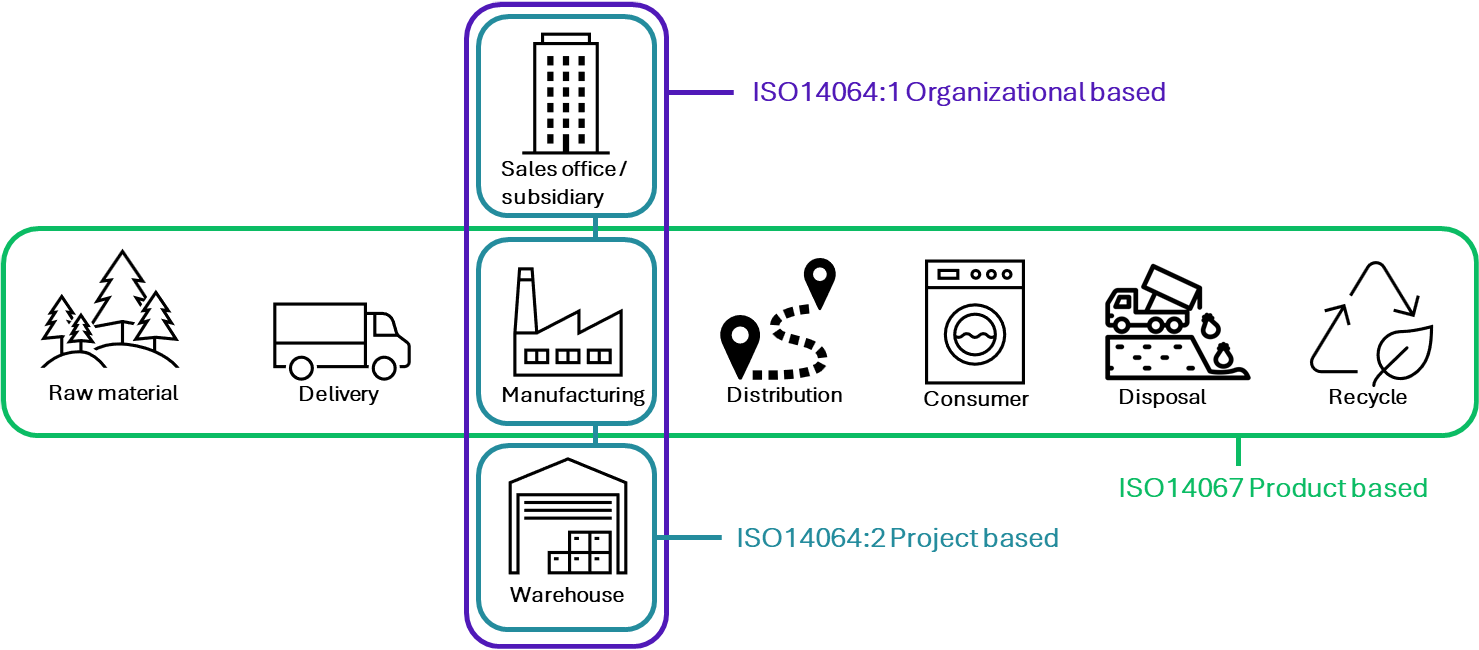
Fussy about the complexities of reducing greenhouse gas (GHG) emissions? At IvyGreen Solutions, we provide expert guidance to help you define, implement, and quantify your GHG reduction activities, ensuring they comply with the GHG Protocol and ISO standards.
GHG reporting for – Product (GHG Protocol Product Life Cycle Accounting and Reporting Standard | ISO14067)
Product Life Cycle accounting introduction
Product Life Cycle Accounting focuses on quantifying and reporting the greenhouse gas (GHG) emissions and removals associated with a product throughout its entire life cycle—from raw material extraction to end-of-life waste treatment. This process employs Life Cycle Assessment (LCA) methodologies to evaluate environmental impacts and Life Cycle Inventory (LCI) to collect and analyze data for each stage of the product’s life. These methodologies ensure transparency, accuracy, and consistency in GHG reporting, helping companies understand the environmental impact of their products and make informed decisions to reduce their GHG emissions.
Which type of Life Cycle are you looking for?
1. Cradle-to-Grave: assesses the environmental impact of a product throughout its entire life cycle, from raw material extraction (cradle) to its disposal or recycling (grave).
2. Cradle-to-Gate: assesses only on the stages from raw material extraction to the point where the product leaves the production facility (gate), without considering its use or disposal, often due to unknown use behavior or disposal methods.
3. Gate-to-Gate: assesses at the environmental impacts of a single process or production stage within the broader life cycle of a product
4. Cradle-to-Cradle: goes beyond traditional recycling by focusing on the complete life cycle of a product, ensuring that materials can be continually reused or repurposed in a closed-loop system, effectively creating no waste.
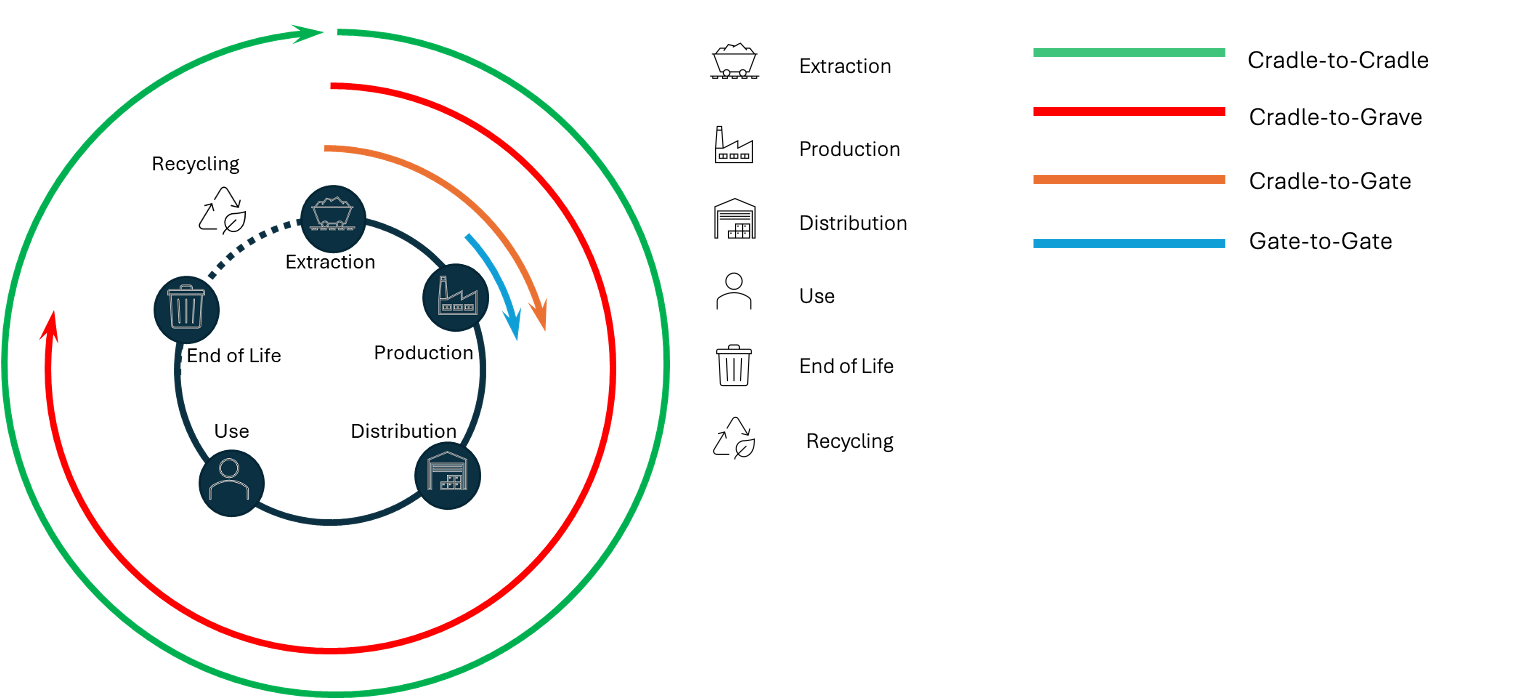
Other - GHG disclosure platform
The high market demand for environmental disclosure continues to grow
Global carbon disclosure platforms that are known for their recognition, investor focus, standardization, and alignment with leading climate and sustainability frameworks, helping you showcase your commitment to environmental sustainability:
1. CDP (Carbon Disclosure Project) platform recorded a 24% growth in disclosures in 2023. It is designed to facilitate the transition to a low-carbon economy by catalyzing urgent action towards a sustainable, net-zero, deforestation-free, and water-secure world. CDP is a globally recognized system that enables organizations to measure, manage, and disclose their greenhouse gas (GHG) emissions and environmental impact.

Meeting CDP requirements can be challenging, particularly if you are unfamiliar with their criteria, scopes, fees, and the necessary actions. Our dedicated team is experienced in guiding companies of all sizes, from small to medium, through the CDP process. We are committed to delivering high-quality results that meet CDP criteria and help you smoothly navigate CDP disclosure..
Reviewing the questionnaire overview will help you grasp the complexity of the CDP journey, enabling more effective planning for resources, costs, project timelines, and necessary skills. Click the links below to explore the questionnaires and learn about the reporting requirements. Source: CDP
Sample Questionnaires:
1. Large Corporation Questionnaire:
2. SME Questionnaire:
CDP disclosure requirements for Larger Company and SMEs
| Large company (module 1 – 13) | SMEs (module 14 – 21) |
|---|---|
| M1 Introduction | M14 Introduction |
| M2 Identification, assessment & management | M15 Identification, assessment & management |
| M3 Disclosure of dependencies, risks, and opportunities | M16 Disclosure of risks and opportunities |
| M4 Governance | M17 Governance |
| M5 Business Strategy | M18 Business Strategy |
| M6 Environmental Performance – Consolidation Approach | M19 Environmental performance – Consolidation approach |
| M7 Environmental Performance – Climate Change | M20 Environmental performance – Climate change |
| M8 Forests | M21 Further information & Sign off |
| M9 Environmental Performance – Water security | |
| M10 Environmental Performance – Plastics | |
| M11 Environmental Performance – Biodiversity | |
| M12 Environmental Performance- Financial Services | |
| M13 Verification and assurance by 3rd party |
2. SBTi (Science-Based Target Initiative) disclosures surged by 102% in 2023! SBTi establishes and promotes best practices for science-based target setting, aligned with the Paris Agreement’s goals of keeping global temperature rise well below 2°C, with efforts to limit it to 1.5°C. As part of the process, companies are required to disclose their GHG emissions when setting and validating these targets. Globally recognized for advancing corporate climate action in line with climate science, SBTi emphasizes the urgency of halving emissions by 2030 and achieving net-zero by 2050.
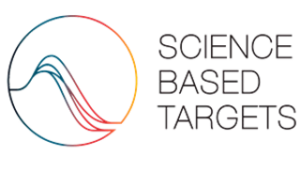
How can a company set a SBTi target?
- Commit – submit a letter establishing your intent to set a science-based target
- Develop work on an emissions reduction target in line with the SBTi’s criteria
- Submit: present your target to the SBTi for official validation
- Communicate: announce your target and inform your stakeholders
- Disclose: report company-wide emissions and track target progress annually

| Corporate Net-Zero Target | SMEs’ Target-Setting Options |
|---|---|
| 1. Near-term targets | 1. Near-term science-based targets (new or update existing reduction near-term targets) |
| 2. Long-term targets | 2. Near-term maintenance targets |
| 3. Neutralize residual emissions 4. Beyond Value Chain Mitigation (BVCM) |
3. Net-zero targets: – Long-term science-based targets – Commitment to offset any remaining emissions when the long-term science-based target is achieved |
| Read more: SBTi Corporate Standard | Read more: SBTi SME |
